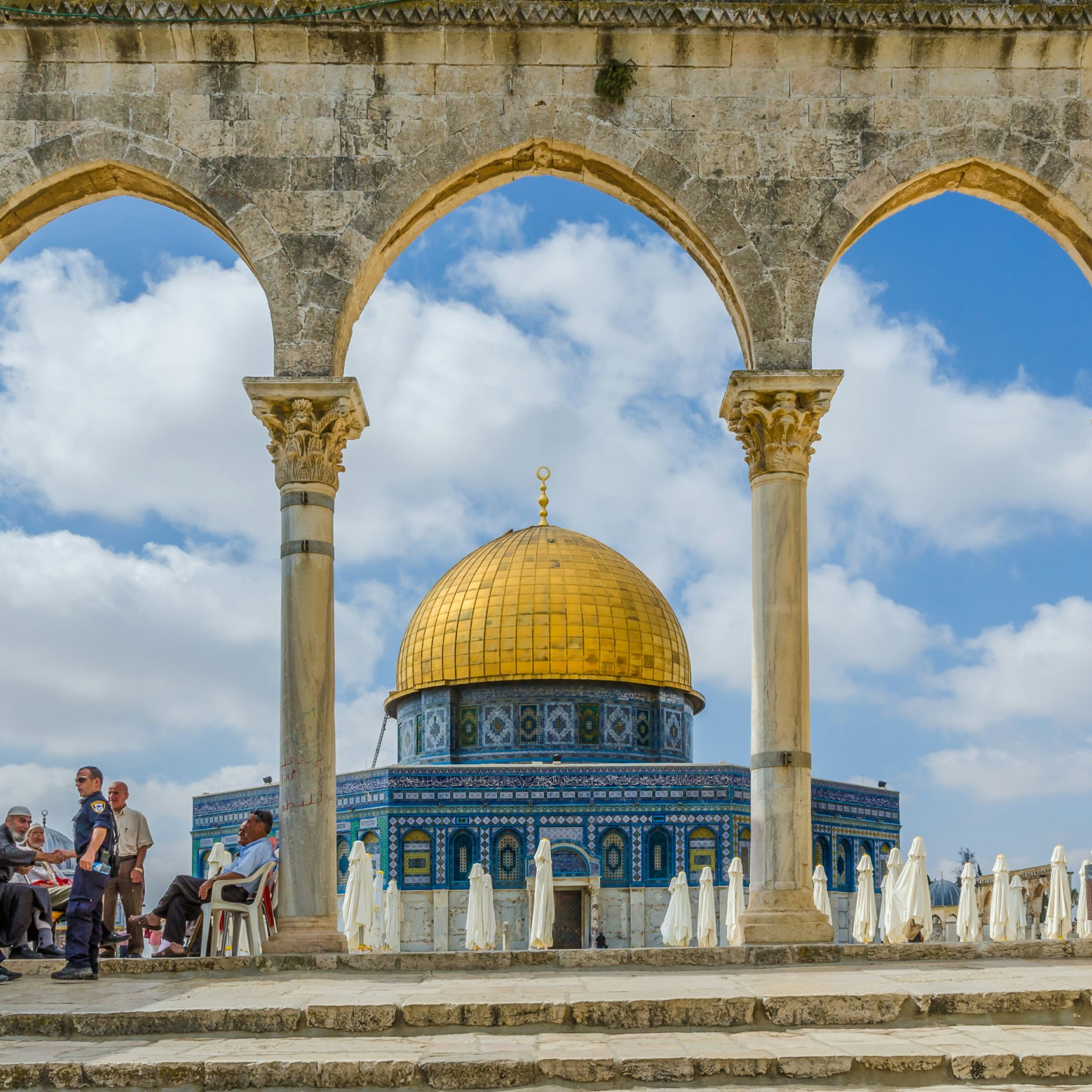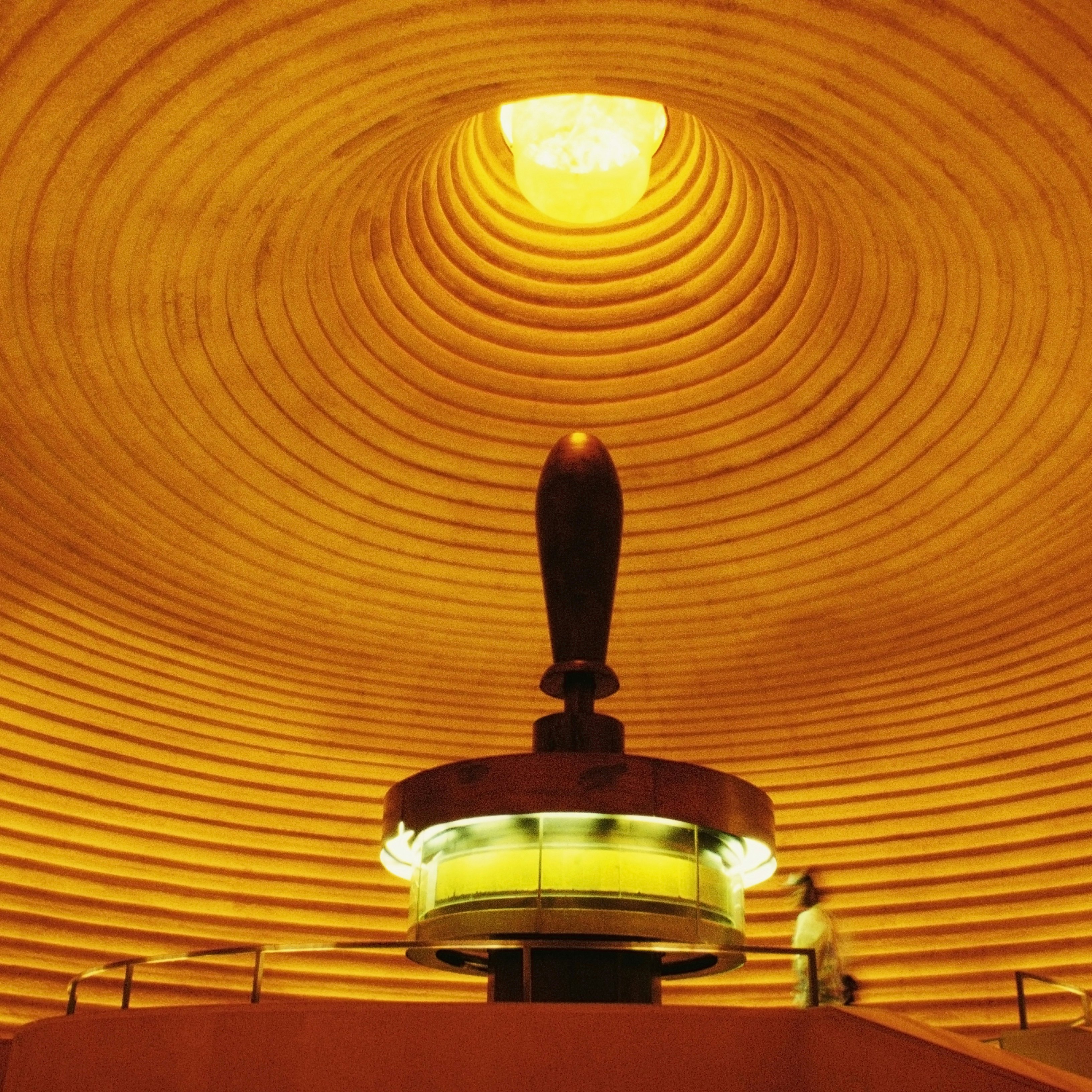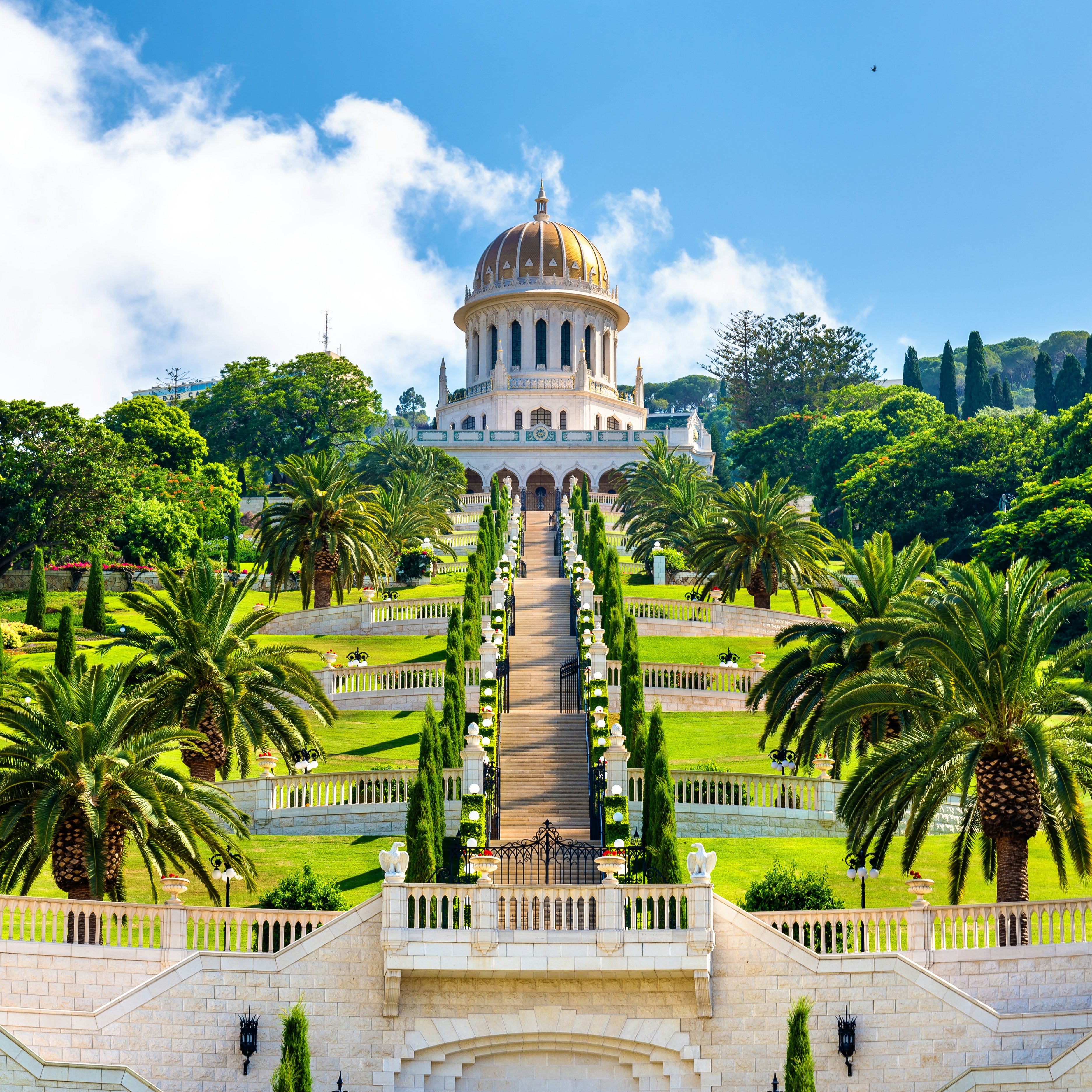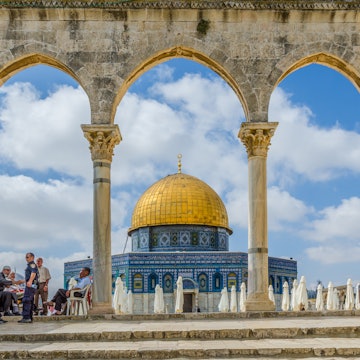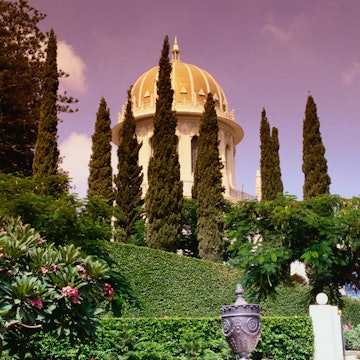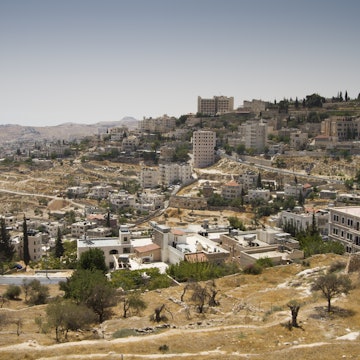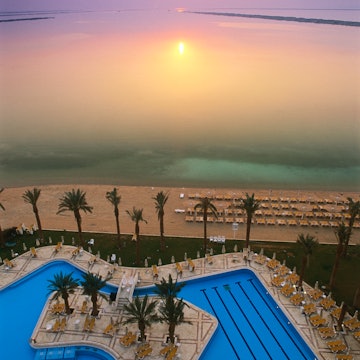

Shay Levy / PhotoStock-Israel.co
Overview
At the intersection of Asia, Europe and Africa – both geographically and culturally – Israel and the Palestinian Territories have been a meeting place of cultures, empires and religions since history began.
Plan your trip with Guide, an AI travel planner!
Create a personalized trip itinerary in seconds using artificial intelligence.
Must-see attractions
in partnership with getyourguide







